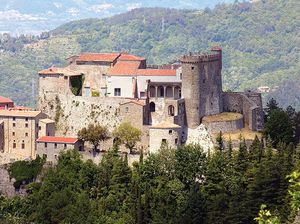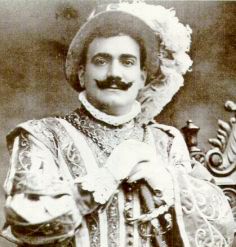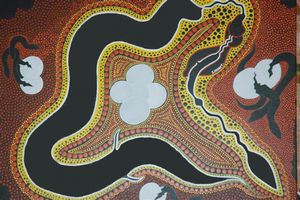“The hands of the craftsmen give life to marble, bronze, iron, glass or clay: inert raw material takes on expression and feeling. To enter their studios, workshops and foundries always evokes strong feelings and deep emotions.” These are the words of Massimo Mallegni, Mayor of Pietrasanta.
Indeed, Pietrasanta has plenty of these feelings and evocations, as artists from all over the world have chosen it as the seat for their creativity. Moore, Mitoraj, Botero, Folon, Yasuda, and Pomodoro, to name a few, have left their imprint here; here they found inspiration and facilities in which to work, and here they found the best artisans in the world to support them. In Pietrasanta you can breathe art and culture at every corner, and meet international artists in every bar, while mingling with the local people and craftsmen after work.
Over the centuries, marble processing has gradually favoured related activities such as artistic foundries, mosaics, inlay work, fine art printing, ironwork, ceramics, clay sculpture, and mould-making, as well as a self-sufficient system originated to help entrepreneurs find specialised technicians in every art field. “Artigianart Pietrasanta” is the name of the association established in order to promote, safeguard, and increase this precious, productive system along with its unique features. Forty Companies are members of it, and among them, the Fonderia Artistica Mariani has a long tradition of high quality reputation and reliability. Adolfo Agolini is the dedicated owner and manager who proudly explains how his foundry follows the same method used by Benvenuto Cellini: lost wax casting is the most accurate and reliable way of creating sculptures and bronze monuments, improved today by modern technology and machinery.
This is how it works: a wax reproduction of the original model by the artist is covered with refractory matter to form a shield where pouring channels (risers) are inserted in the wax. Then the mould is fired in a kiln so that the wax melts out, leaving a cavity which reproduces it in a negative form, after which molten bronze or another molten metal is poured into the cavity and takes the form of the original model. After the metal cools down, the mould is opened and the work is finished by chisel and patina. Today, production ranges from small artefacts to big monuments in bronze, silver, and iron, and Agolini has a long list of renowned clients whose work’s value tops millions. “We are the secret hands which give expression to the inspirations of an artist, delivering his sculptures with the same care, devotion, and professionalism,” he says. “We are only artisans, but in this workshop masterpieces are born to bear testimony to the prestige of Pietrasanta as a city of art all over the world.”







